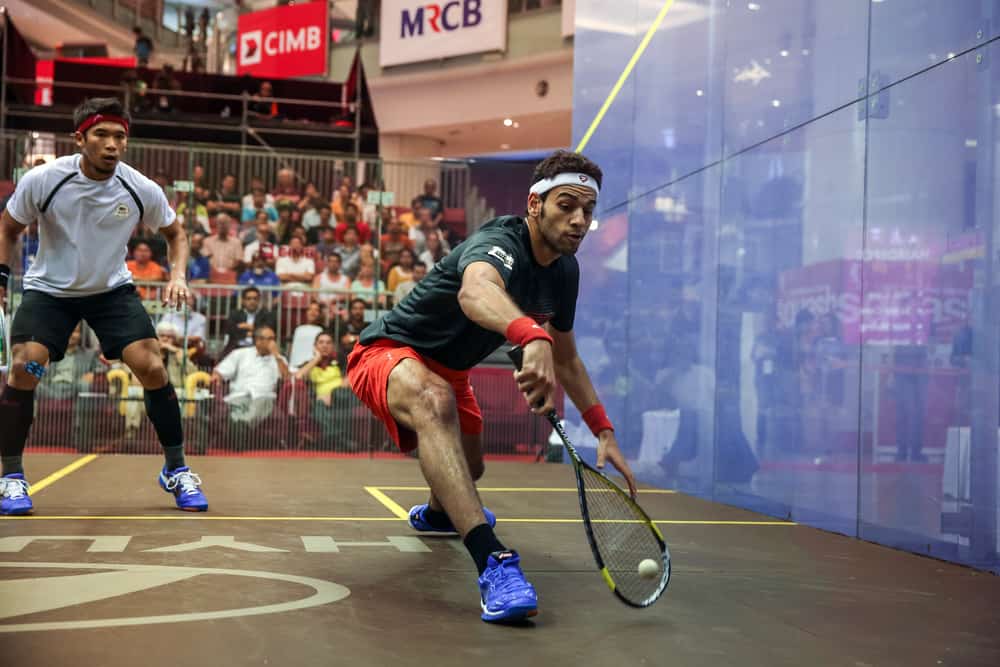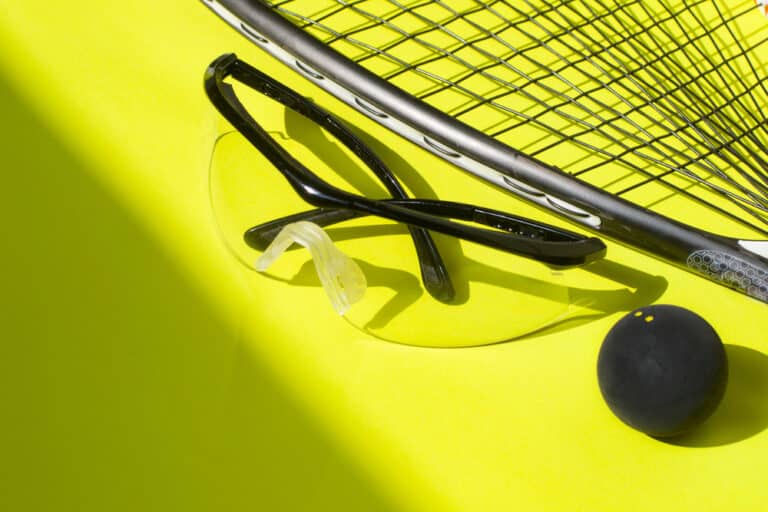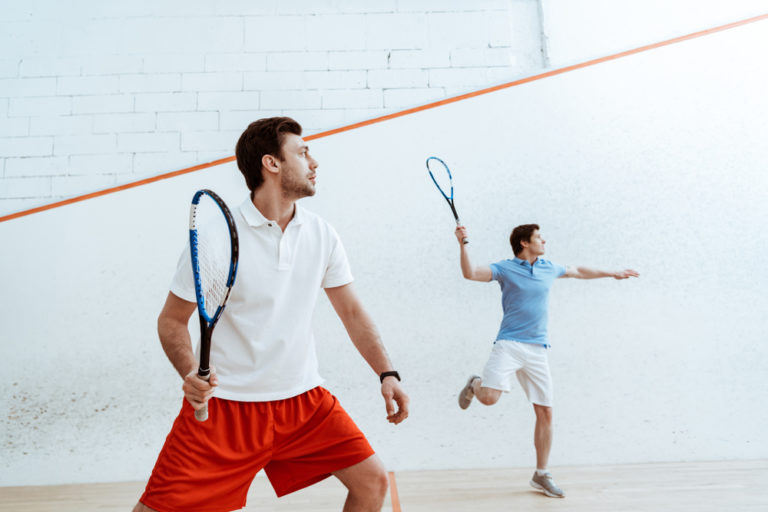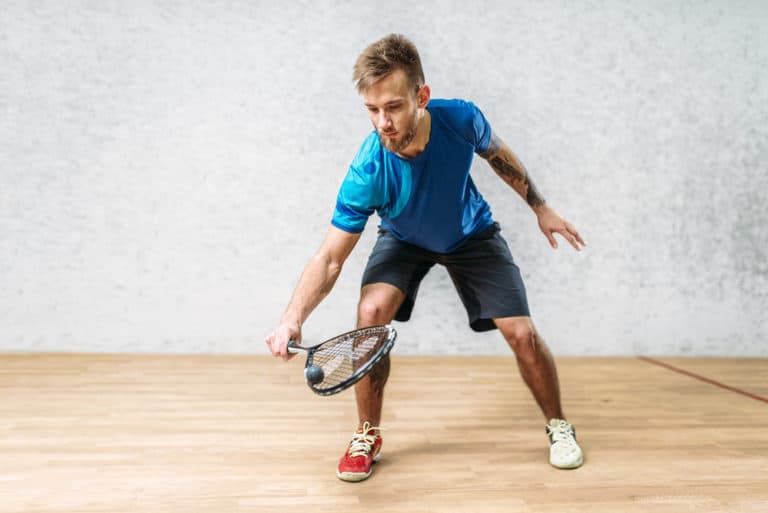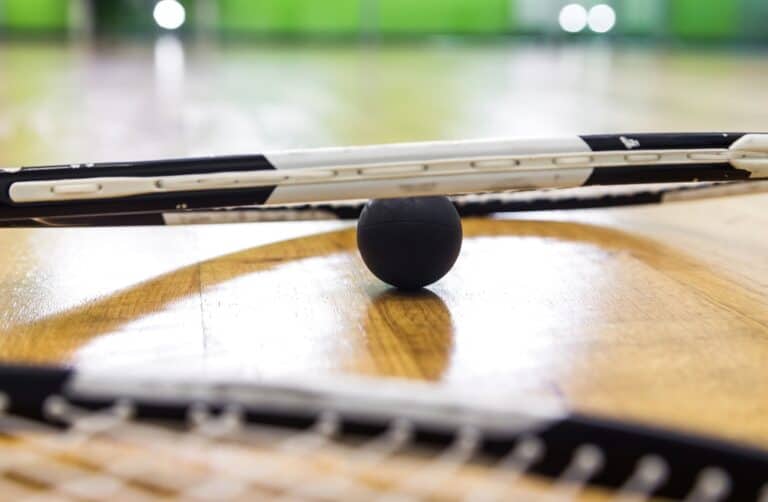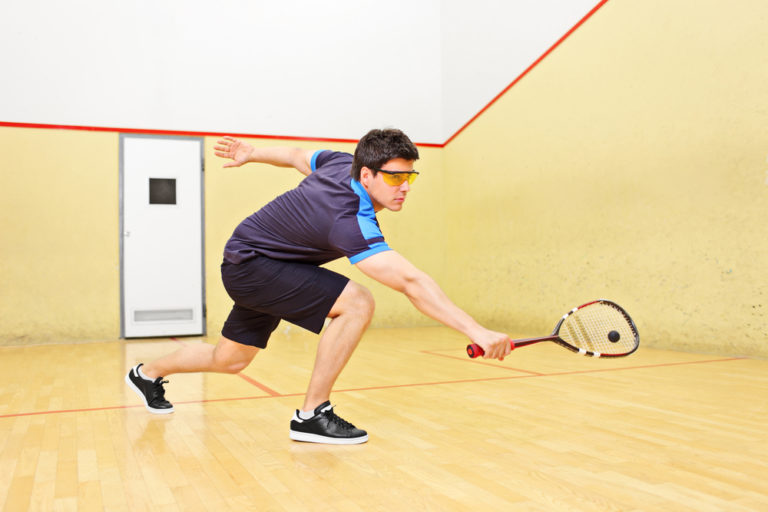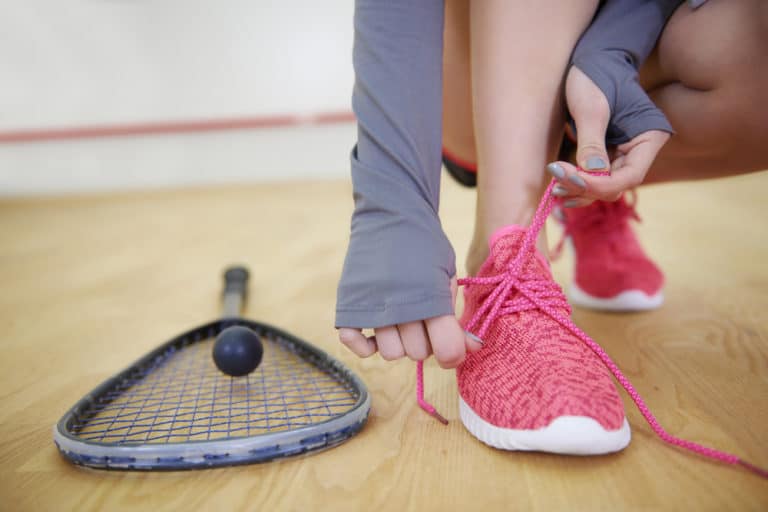What Are The Different Levels In Squash?
Squash is one of the best racket sports to play to improve your fitness and coordination. However, the complex rules and various types of equipment can get confusing, so it’s best to know your level of proficiency in squash to adapt your equipment accordingly.
There are six player levels in squash: Junior (blue), Beginner (red), Intermediate (green), Advanced (yellow), Experienced (double yellow), and high altitude player (orange). The speed of play varies from fast to extremely slow, with bounces ranging from very high to super low. The slower and lower the ball travels, the more advanced the player.
Most racket sports are easy to start, often with a short adjustment period. Fortunately, squash also does, and the level of player you are will determine the type of ball and racket you use.
What Are The Different Levels In Squash?
If you’re new to playing squash, you’ll probably also be wondering what the different levels of difficulty are in the sport.
There are six levels of player proficiency for squash – each class is determined by the effective use of various techniques, experience, and fitness.
Let’s see how the skills are classified into each specific level.
Junior (Blue)
These are the players that are just starting their squash journey. They’ll have little experience and will still need to improve many skills.
Here are the criteria to be a junior player:
- Forehand/Backhand – These players will have an Incomplete swing and still work on developing their form. They’ll also avoid backhand shots and will be able to handle moderate-paced shots.
- Fitness/Movement – Typically, junior players aren’t fit to play in tournaments. They may struggle to stay away from the walls and don’t anticipate the opponent’s shot.
- Serve/Return – Still learning how and where to stand on the court and struggle to consistently hit the return to the service line.
- Volley – The player will either have trouble with contact on the volley or make contact but struggle to control the ball.
- Special Shots – The player has no unique shots and lobs with little consistency.
- Playing Style – The player does not understand depth and positioning and struggles to get the balls out of the corners.
- Tournament Experience – Ranges from no experience to having played a few matches.
Junior players will often use a very high-speed ball (these balls have a blue dot) and an entry-level racket. They will also have a rating between 2 (E) – 2.5 (D).
Beginners (Red)
Beginner players have had some time around the court.
Generally, these players will know the ins and outs of the sport but still have many areas to improve their performance.
- Forehand/Backhand – Their shots have a good consistency, and they are frequently prepared to hit for depth on the backhand. They can also start to retrieve the ball from the front and back corners and hit the ball cross-court and down rail.
- Fitness/Movement – The player learned that they need to stay out of the back corners and away from the walls. However, they will still overrun the ball and barely have the fitness to play the tournament match.
- Serve/Return – These players can perform both a lob and hard serve. They can also return to behind the service line with consistency. There will still be a short return on occasion.
- Volley – Starting to volley for power and direction, but still working on dropping off the volley.
- Special Shots – The player can lob consistently on moderate shots and goes for the drop on the ball in the middle of the court. They also understand the let point rule.
- Playing Style – They still tend to run and hit hard but can also retrieve or go for shots with moderate consistency.
- Tournament Experience – Can beat lower-ranked players with good consistency and has played in some D-level tournaments.
Beginners will often use a high-speed ball (these have a red dot) and start to look at various rackets to improve their performance. These players have a rating between 3 (DD) – 3.5 (C).
Intermediate (Green)
Intermediate players know the game and are working on developing their technique rather than learning the basics of the game.
- Forehand/Backhand – The player can drive the ball for width and power and is starting to hit drops from the mid and front court. The backhand shots still break down under pressure.
- Fitness/Movement – The player is fit enough to play hard tournament matches and will have some reserves. They’re also developing a watchful eye over the other player and coordinating their attack accordingly.
- Serve/Return – The serves tend to be hard and have an overall consistency. The lob serve drifts towards the middle of the court, and the returns are generally good shots.
- Volley – The player now volleys for depth and power and shoots on easy balls. They are starting to volley from the front and mid-court with some consistency.
- Special Shots – Boasts, lobs, and drops are part of this player’s arsenal, and they can hit 50% of those shots well.
- Playing Style – Physical fitness now determines the player’s style. Big players will power the ball into the corners and attempts to drop while fitter players retrieve with counter punch shots.
- Tournament Experience – This player would win a “C” tournament and a few matches against “B’s”.
Intermediate players will often use an average speedball (these have a green dot). They will also have a rating between 4 (CC) – 4.5 (B).
Advanced (Yellow)
Advanced players are working on improving minor techniques to become well-experienced players.
There will still be a few areas of improvement, but generally, these players are starting to look at playing professionally.
- Forehand/Backhand – This player will have purposeful swings. They can drive the ball and boast from the same spot and throw a good lob from a defensive position.
- Fitness/Movement – They have learned to float rather than always dash to the ball and have good fitness. They are well-balanced except when on the dead run.
- Serve/Return – They can attack with the service return and serve wide and high.
- Volley – They can cut the ball off on a semi-regular basis.
- Special Shots – They can rally to set themselves up for a winner and don’t rush shots except when playing an experienced player.
- Playing Style – They know that rallies must start with drives for depth and tend to play for a shot a little early at times.
- Tournament Experience – They would win a “B” tournament and could win a few matches in the “A’s”.
Advanced players will often use a low-speed ball (these have a yellow dot) with a 5.0 – 5.4 (BB) rating.

Experienced (Double Yellow)
Experienced players are one step off from being a super-advanced player and generally play one tough match – especially against the inexperienced.
Their fitness and movement levels will help them to get to any ball, and they’ll be able to sustain long and challenging runs.
Their backhand and forehand techniques can only improve with wrist strength, and their serves and returns are super constant.
Whenever possible, these players will volley, using the volley the way lower-level players use their groundstrokes.
These players’ shot quality separates the 5.5 players from the 5.0 and offers excellent practice for those still learning the ropes with consistent shots and patient playing style.
As for tournaments, these players will win every “B” tournament and win around 80% of “BB” tournaments. They’ll also give the professional players a good match.
Experienced players will often use a low-speed ball (these have two yellow dots), and they will have a rating of 5.5 – 5.9 (A).
High-Altitude Or Super Advanced (Orange)
Super advanced or high-altitude players are the best of the best.
These players will dominate the court in each of the previously listed sections.
They have great results at the national tournament level and are usually reasonably dominant in local play.
Super advanced players will often use an extremely low-speed ball (these have an orange dot), and they will have a rating of +6.0 (AA).
Conclusion
The six levels of play in squash vary rather drastically.
Junior players will generally have the least experienced but will be able to work their way up to slower balls and higher rankings.
The general rule of thumb when classifying squash levels: The slower and lower the ball travels, the more advanced the player.

